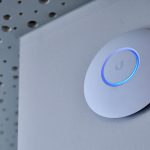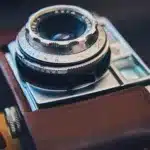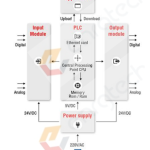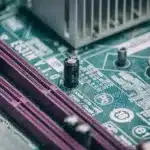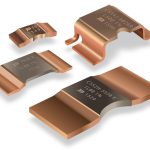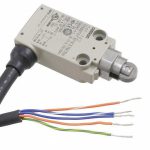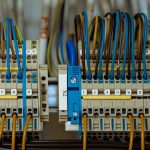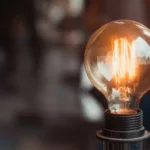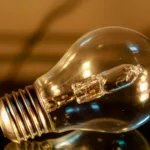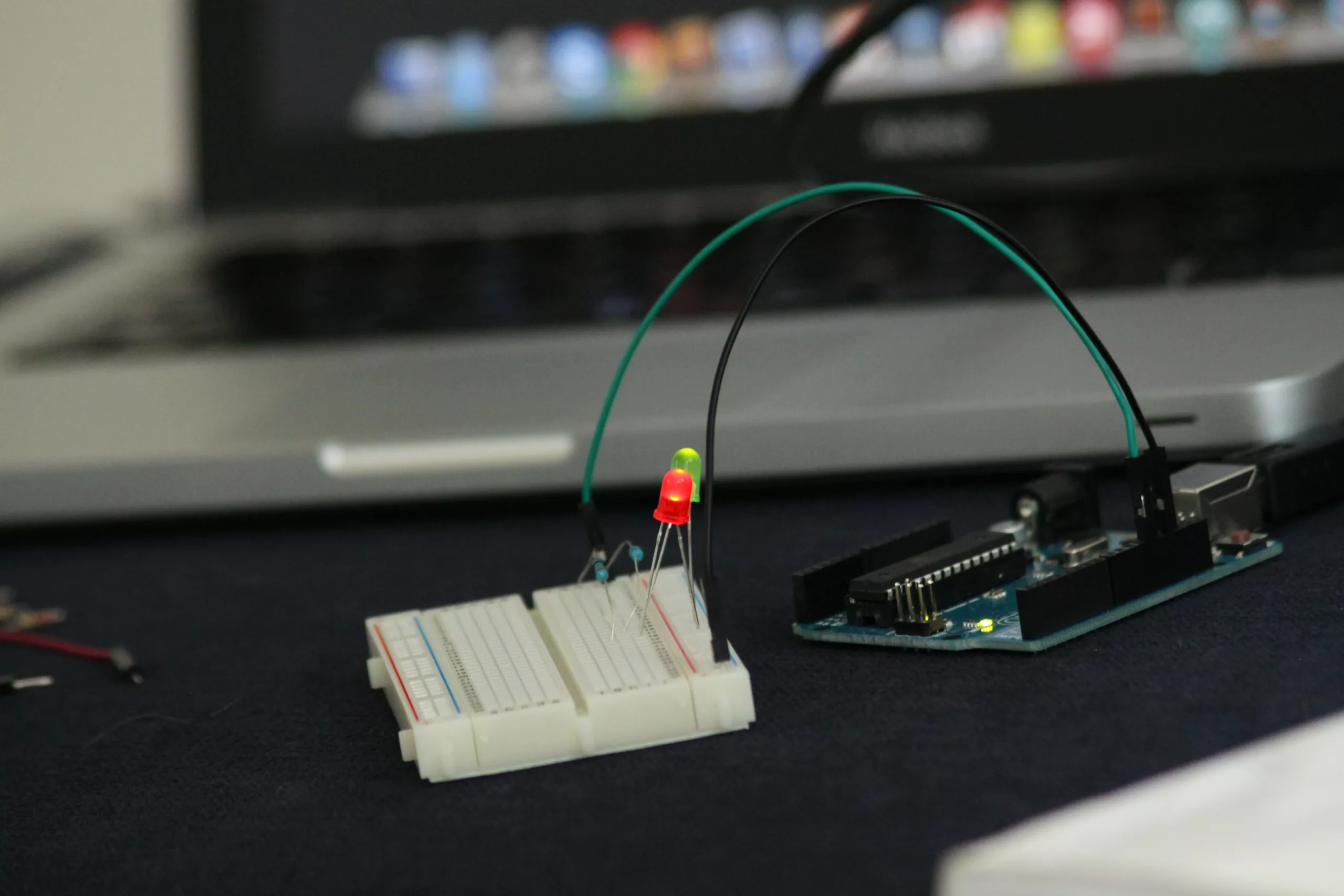
Introduction
Low power light-emitting diodes (LEDs) are high-performance lighting diodes that have emerged as versatile and energy-efficient lighting solutions–transforming multiple industries and applications. These miniature semiconductor devices emit light when current passes through them, making them highly adaptable for scenarios where energy efficiency and longevity are paramount. This article comprehensively outlines the myriad applications of low power LEDs, shedding light on their potential benefits.
Understanding Low-Power LEDs: The Significance
Low-power LEDs are designed to operate with minimal electrical power consumption (typically less than 0.1 watts of electricity) while producing visible and bright light. These LEDs are highly efficient and are of significant importance by providing long-lasting illumination for modern lighting and electronic devices. Other benefits include:
- Long Lifespan
- Wide Range of Colours
- Low Heat Emission
- Dimmability
- Solid-State Lighting
- Instantaneous On/Off
- Low Voltage Operation
- Cost-Effectiveness
- Environmental Benefits.
Low-Power LEDs: Exploring Their Broad Range Applications
Low power LEDs are extensively used in a broad range of lighting applications in multiple facilities. Some of the most promising LED applications include:
- Energy-Efficient Lighting for Homes
One of the most prominent applications of low power LEDs is residential lighting. Traditional incandescent and fluorescent bulbs consume considerably more energy than LEDs. With their superior energy efficiency and varied colour temperatures, low power LEDs have become the go-to choice for homeowners looking to reduce electricity bills and environmental impact.
- Commercial and Industrial Lighting
Beyond residential use, low power LEDs have made substantial inroads into commercial and industrial lighting applications. These LEDs in warehouses, factories, and offices offer bright, uniform illumination while significantly reducing energy consumption. Additionally, their long lifespan minimises maintenance costs, making them a cost-effective choice for large-scale applications.
- Automotive Lighting
The automotive industry has embraced low power LEDs for both interior and exterior lighting. These LEDs are used for headlights, taillights, brake lights, turn signals, and interior lighting. Their compact size, energy efficiency, and instant illumination make them an excellent choice for modern vehicles. Additionally, their durability ensures a longer lifespan, reducing the need for frequent replacements.
- Consumer Electronics
Low-power LEDs are part of a wide range of consumer electronics, from digital clocks and thermostats to smoke detectors and remote controls. These LEDs are also found in smart home devices, cameras, audio equipment, and backlighting sources.
- Traffic Signals and Street Lighting
Low power LEDs have transformed traffic management and street lighting. They are incredibly bright, allowing for better visibility and improved road safety. Furthermore, they consume less energy, reducing the strain on municipal power grids and saving taxpayer money. LEDs’ longevity with fewer maintenance and replacement disruptions results in more reliable traffic systems and well-lit streets.
- Backlighting for Displays
Low-power LEDs are commonly used as backlighting for LCD screens in televisions, computer monitors, smartphones, and tablets. Their small size, low heat generation, and precise control over colour and intensity have made them the preferred choice for achieving vibrant and energy-efficient displays.
- Healthcare and Medical Devices
Low power LEDs facilitate the healthcare sector, particularly medical devices and therapy equipment. They are used in pulse oximeters to measure oxygen saturation, in dental curing lights for dental procedures, and in phototherapy units to treat skin conditions like jaundice in newborns. The low heat output of LEDs makes them safer for use near patients, and their reliability is critical in medical settings.
- Agriculture and Horticulture
LED technology has also made its way into agriculture and horticulture. Low-power LEDs can provide specific light wavelengths crucial for plant growth, making them ideal for vertical farms and greenhouse systems. LED grow lights allow precise control over light spectrum and intensity, significantly boosting crop yield and quality while conserving energy.
- Communications: Li-Fi Technology
Li-Fi (Light Fidelity) is a cutting-edge technology that uses low-power LEDs to transmit data through light waves. Unlike Wi-Fi, which uses radio waves, Li-Fi leverages the visible light spectrum to transmit data at incredibly high speeds. This technology has revolutionised wireless communication by offering remarkable benefits. Li-FI offers faster, more secure, and energy-efficient data transmission in environments where radio frequency interference is a concern, such as hospitals, aircraft, and underground facilities.
- Art and Architecture
Low power LEDs have expanded the possibilities for artists and architects. They can create stunning visual effects in public art installations and architectural designs. LEDs can change colours, create dynamic lighting patterns, and be synchronised with music or other inputs to create immersive and interactive experiences. This has opened up a new world of creative expression and innovation in art and design.
- Wearable Technology
Low power LEDs are integrated into smartwatches, fitness trackers, and augmented reality glasses. These LEDs provide notifications, display information, and even monitor vital signs. Their small size and energy efficiency are crucial in designing comfortable wearables for extended periods.
Bottom Lines
Low-power LEDs have transcended the realm of mere illumination–permeating nearly every aspect of our lives. Their energy efficiency, longevity, and versatility have made them indispensable in various industries and applications. From revolutionising our homes and workplaces to enhancing road safety, healthcare, and communication technologies, low power LEDs lead towards a brighter, more energy-efficient future. With further technological advancements, LED applications are expected to expand, illuminating new opportunities and possibilities.






